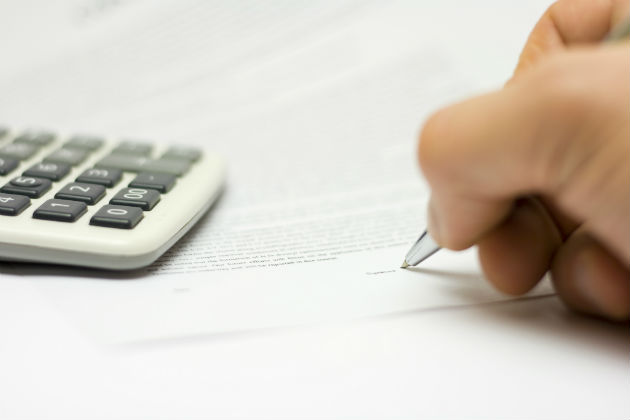It's important to understand your car loan rate and the fees associated with the loan to make sure you know exactly what payments you'll be making – and that you’re choosing the right one.
Here’s what to look for in a loan to make sure you’re getting the best deal.
Set a budget
If you’re looking for a car loan, it’s important to budget for the loan repayments as well as the full cost of owning a car so you know how much you can afford.
There are fees for vehicle registration, insurance and ongoing costs like petrol and repairs which you will need to cover. Having a budget from the beginning means you’ll have a better idea of what you can comfortably afford to spend on your next car purchase.
What to look at
The first step is to look at the total repayable amount of a loan over the term so you know exactly what you’re up for.
That will tell you how much you are borrowing versus how much you will actually repay over the course of the loan. Is the car you are purchasing worth that amount?
Other key information to consider:
- The rate – is it fair within the market?
- What is the time frame for the loan?
- What fees do you need to pay as part of the loan, including monthly account fees and penalties for paying off the loan early?
RAC Finance car loans come with no monthly or ongoing fees.
What’s the difference between a rate and a fee?
A rate is the pricing structure for the loan, which is the long-term flat or linear fee. This refers to an interest rate.
A fee is a payment, either a one-off or regular payment to a lender for a service, such as establishing the loan, an early termination, and account management.
The rate is the ongoing anticipated fee on top of the amount you want to borrow. Fees can bring up the total cost of your repayment at different points of the loan – sometimes unexpectedly.
Interest rates - low rates and the fees in between
One thing you want from a loan is a low interest rate, as it will reduce the amount you pay back overall.
However lower is not always better.
Before settling on a loan, ask about all the fees, work out the total cost of the loan, and make sure you compare against other loans – don’t settle for the first one.
Keep these things in mind:
- Some rates can afford to stay low because of a balloon payment at the end, which can be a nasty surprise
- The rate may only be available for limited vehicle models
- It can include fees that, when added up, make the total cost of the loan expensive despite the seemingly attractive low interest rate
- A lower rate may affect the price of the car and your ability to negotiate

Fees to look out for
Although most people look at the interest rate first – and this is very important – you should also look at the fees associated with the car loan.
There are various fees that can be included in car loans such as:
- Origination fees – charged by a lender for processing a new loan
- Establishment fees – a one-off upfront fee for setting up a car loan
- Monthly account-keeping fees – what it costs to manage your account every month
- Statement fees – the cost to have your statement sent to you
- Late payment fees – the charge for late repayment
- Early termination fee – if you pay off your loan early, the lender may charge a fee
These fees can offset the perceived value of the low interest rate, making it a lot less appealing when you look at the bigger picture.
Make sure you check all of the fees and rates before signing on the dotted line.
Balloon payments
Another crucial thing to check before signing is whether your loan includes a balloon payment.
This is a large payment due at the end of a loan when all installments have been made.
While having a balloon payment in your loan can make your monthly payments lower, it simply means you are going to have to still pay the remainder of the loan at the very end.
If you need help comparing car loans, visit a loan comparison site to find the best option.
Below are 10 questions that can help you make that crucial decision.
Last updated July 2018
